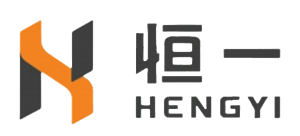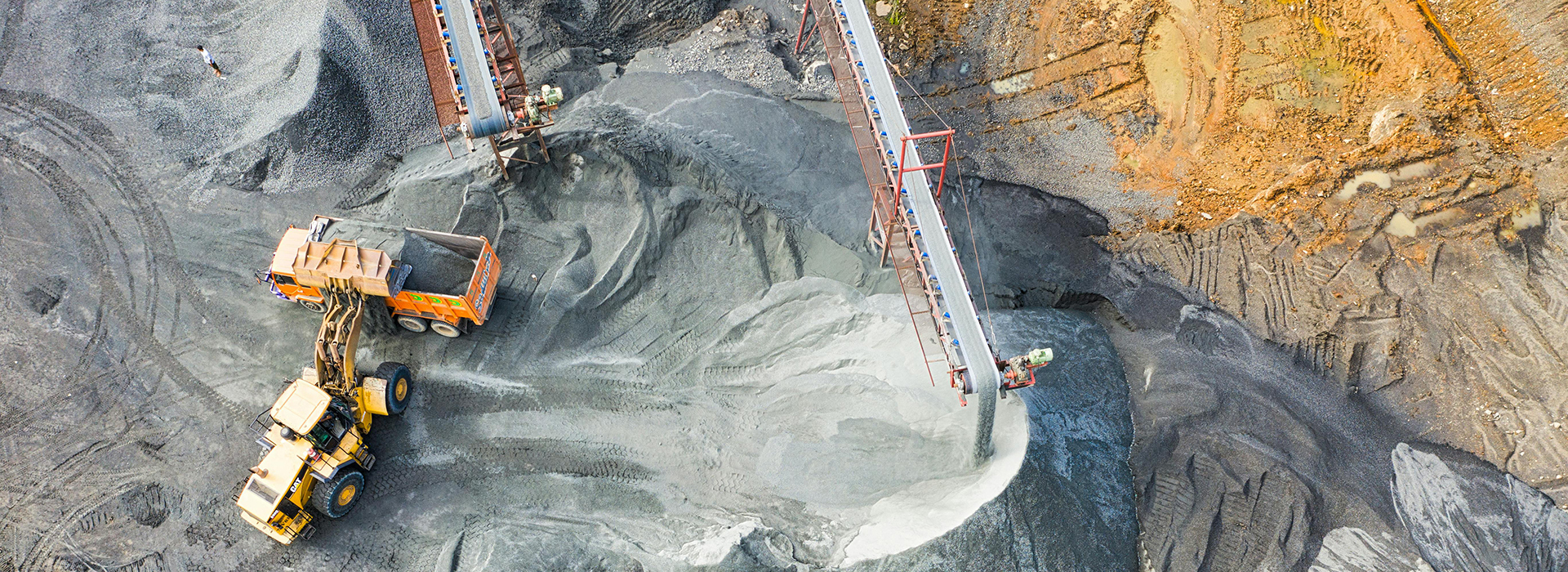
What Does a Conveyor Belt Cost in 2025
2025-10-15 13:56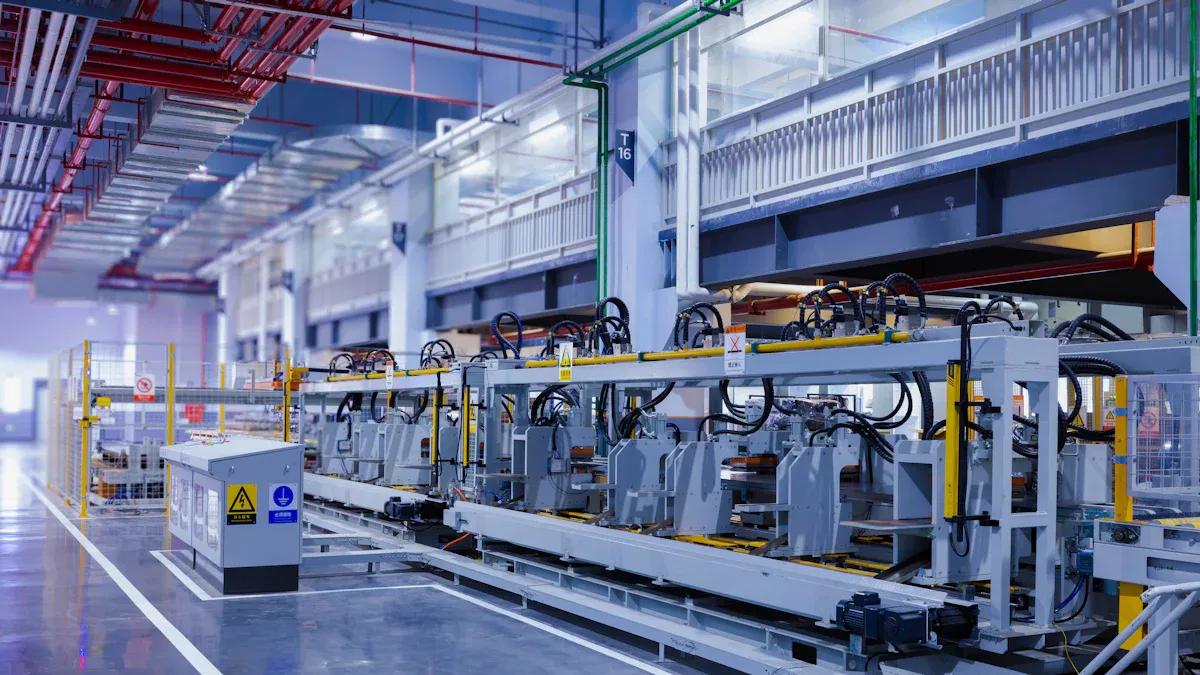
The cost of a conveyor belt in 2025 usually falls between $30 and $100 per meter. Some units range from $1,570 to $5,060, while fabric belts can cost $10 to $50 per foot. You will see several factors influence these prices:
· Material type like rubber, PVC, PU, or metal changes the cost.
· Size and length affect how much material is needed.
· Design complexity can make manufacturing more expensive.
Knowing these details helps you choose the right conveyor belt for your budget.
Key Takeaways
· Conveyor belt prices in 2025 go from $10 to $500 per meter. The price depends on material, size, design, load capacity, and customization.
· Picking strong materials like stainless steel may cost more at first. But it can save money later because you will need less maintenance and fewer replacements.
· Always ask suppliers what the price covers, like installation and motorization. This helps you avoid surprise costs.
· Regular maintenance is very important. It can stop expensive emergency repairs and make your conveyor belt last longer.
· Think about using energy-efficient motors and designs. This can lower running costs and help the environment.
Cost of a Conveyor Belt in 2025
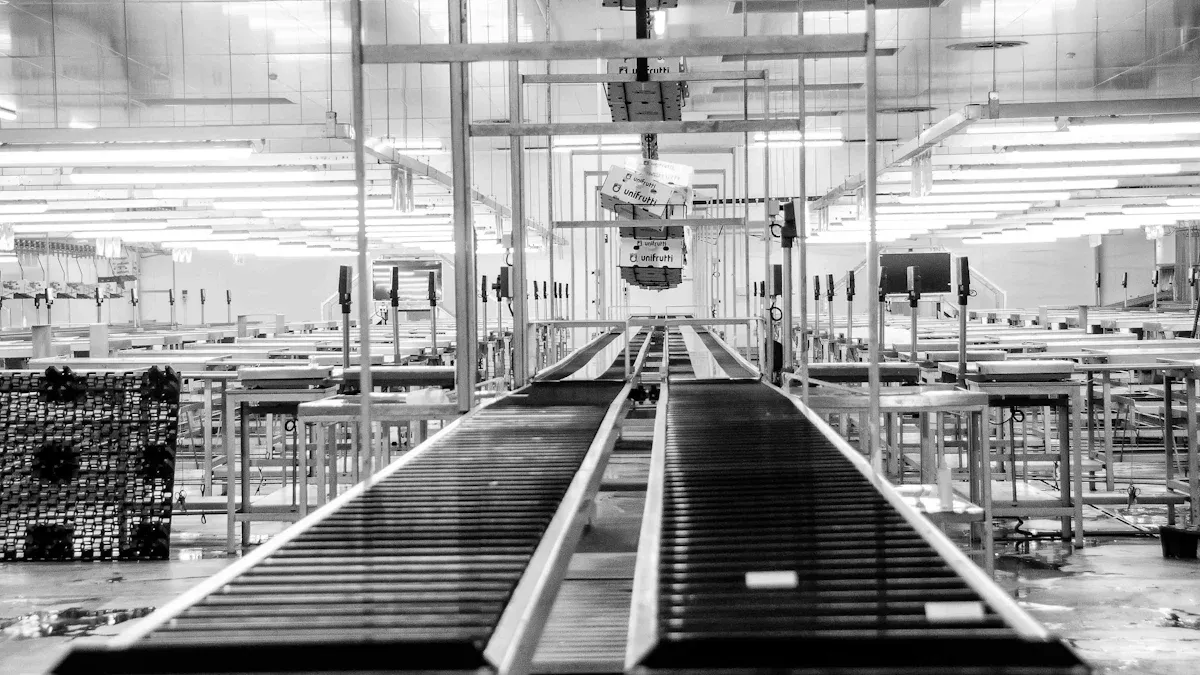
Price Ranges
The cost of a conveyor belt in 2025 depends on what type and size you want. Prices are a little higher than last year. This is because more factories and mines are using conveyor belts. New technology in manufacturing also makes prices go up.
Here is a table that shows the newest price ranges for different conveyor belts:
Sometimes prices are shown per unit or per foot. For example, fabric belts cost $10 to $50 for each foot. Some whole conveyor belt units cost $1,570 to $5,060. If you want a full conveyor system, plan to spend about $1,500 for each foot. This price covers the main parts and putting it together.
The conveyor belt market grew from $5.56 billion in 2024 to $5.78 billion in 2025. This means more companies use conveyor systems in many industries.
Tip: Where you live can change the cost of a conveyor belt. Companies in new markets often want cheaper choices. Big factories may pick brands like Habasit or ContiTech because they last longer. Food factories often choose Intralox for clean and modular designs. If you want a good price, look at suppliers like Yongli Conveyor or Nitta Corporation.
What’s Included
When you check the cost of a conveyor belt, you should know what comes with the price. Most prices include the belt itself. Some sellers add basic accessories, but important parts can make the total cost higher.
Here is what you should expect:
· Belt Material: The belt material is the biggest part of the cost. Lightweight belts are cheaper. Heavy-duty or specialty belts cost more.
· Motorization: Motors cost a lot. One motor can be $20,000 to $25,000. If you need variable frequency drives, you might pay $50,000 to $60,000 more.
· Installation: Putting in the conveyor belt costs a lot too. Plan for about $1,500 for each foot. This price includes supports, wire rope, and the belt.
· System Components: Some systems need more than one motor. Two 300 hp motors can cost $40,000 to $50,000.
· Operational and Maintenance Costs: You also need to pay for regular maintenance and running the system. These costs add up over time.
You should always ask your seller what is included in the price. Some companies only give you the belt. Others offer everything, including installation and motorization. Knowing this helps you compare prices and avoid surprise costs.
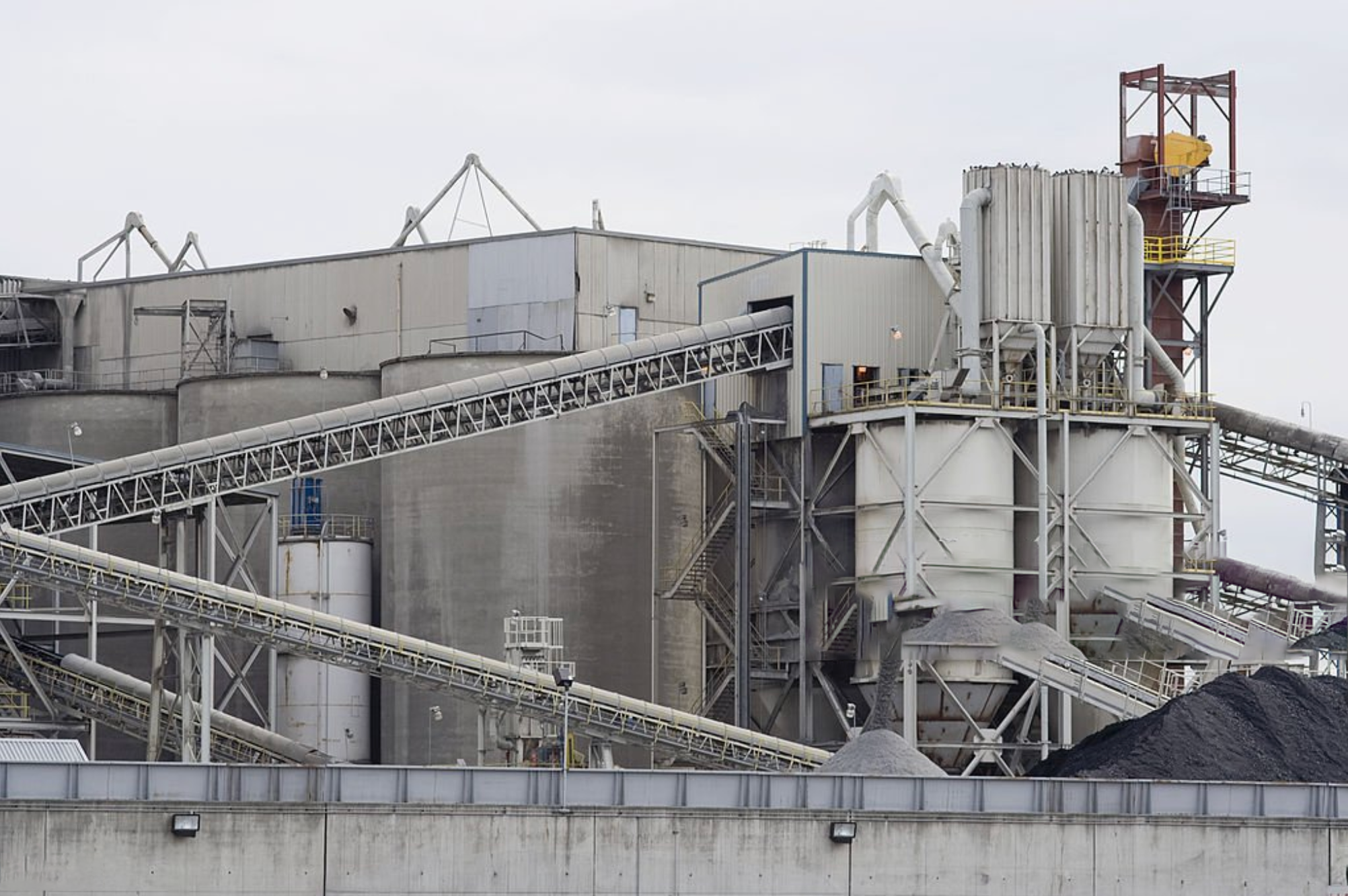
Cost Factors
When you look at the cost of a conveyor belt, you need to understand what drives the price. Five main factors play a big role: material, size, design, load, and customization. Each one can change how much you pay, both at the start and over time.
Material
The material you choose for your conveyor belt has a big impact on both the upfront price and the long-term costs. Some materials cost more at first but last longer, which means you spend less on repairs and replacements. For example, if you pick a more durable material, you might pay more now but save money later because you do not need to replace the belt as often. Sometimes, outside factors like tariffs on raw materials can also make prices go up in 2025.
Here is a table that shows how different materials compare:
If you want a belt that lasts, stainless steel may be the best choice, even though it costs more at first. PVC and PU belts are cheaper to buy, but you might need to replace them sooner.
Size
The size of your conveyor belt, including its width and length, is another key factor. Bigger belts need more raw materials and more work to make. This means the price goes up as the belt gets longer or wider. If you need a custom size, you may pay even more because the factory needs special tools to make it.
When you plan your system, think about how much space you need to cover. A longer or wider belt will always cost more than a smaller one.
Design
The design of your conveyor belt affects the price in many ways. Simple designs with straight paths and basic features usually cost less. If you need a belt with curves, inclines, or special features like cleats or sidewalls, the price will rise. Complex designs take more time and skill to build.
You should also think about the type of drive system and the controls you need. Advanced systems with sensors or automation will add to the total cost.
Load
The amount of weight your conveyor belt must carry, called the load capacity, changes the price too. Heavy-duty belts use stronger materials and special construction. These belts cost more because they need to handle tough jobs, like moving rocks in a mine or heavy boxes in a warehouse.
· The global market for heavy loads steel cord conveyor belts is growing fast. It was worth $693 million in 2024 and could reach $1,010 million by 2032.
· Heavy-duty belts are important in industries like mining, where they move very heavy loads over long distances.
· The price of raw materials, like synthetic rubber, can change a lot. Synthetic rubber makes up most of the belt, so its price affects the final cost.
If you need a belt for heavy loads, expect to pay more for the extra strength and durability.
Customization
Customization lets you get a conveyor belt that fits your exact needs. You might want special coatings, colors, or shapes. You may need the belt to work in hot, cold, or wet places. Each change adds to the price because it takes extra work and special materials.
Custom belts can solve unique problems, but they almost always cost more than standard options. If you want to control your budget, try to use standard sizes and features when possible.
Tip: Always ask your supplier about the main cost factors before you buy. This helps you avoid surprises and pick the right belt for your needs.
Types and Costs
Modular Belts
You will see modular belts in many factories and warehouses. These belts use interlocking plastic pieces. You can replace one section if it breaks. This makes repairs easy and fast. In 2025, modular conveyor belts cost between $50 and $150 per meter. The price depends on the material, size, and any special features you need. If you want a belt that handles curves or sharp turns, you may pay more. Modular belts work well for food processing, packaging, and assembly lines.
Tip: Modular belts are a smart choice if you want a system that is easy to clean and maintain.
Fabric Belts
Fabric belts are light and flexible. You will find them in airports, postal offices, and small factories. These belts often use materials like polyester or nylon. In 2025, fabric conveyor belts usually cost $3 to $8 per meter. Most suppliers ask you to buy at least 50 meters. Fabric belts work best for moving light items over short distances.
· You can use fabric belts for sorting mail, moving luggage, or carrying boxes.
· These belts are easy to install and replace.
Metal Belts
Metal belts, especially steel belts, offer strength and long life. You will see them in places that need to move heavy or hot items. The steel belt conveyor market is growing fast. Metal belts cost more than fabric or modular belts, but they last longer and carry more weight. You might choose a metal belt for baking, cooling, or moving sharp objects.
· Metal belts handle high temperatures and heavy loads.
· Prices vary a lot, so you should compare vendors before you buy.
Specialty Belts
Specialty belts solve unique problems. You might need a belt that works in wet, hot, or clean rooms. Some belts have special coatings or shapes. Others resist chemicals or bacteria. Here are some common types and where you might use them:
Specialty belts often cost more, but they help you meet strict rules or handle tough jobs. Always match the belt type to your needs for the best results.
Ownership Costs
Maintenance
You should think about maintenance before buying a conveyor belt. Maintenance costs can get high fast. Doing regular maintenance keeps your system working well. It also stops big problems from happening. Emergency repairs cost much more than regular care. They can also stop your work for a long time. Here is a table that shows what maintenance costs in 2025:
If you use data to plan maintenance, you can stop surprise breakdowns. Unplanned conveyor downtime costs about $260,000 every hour. Taking care of your system early keeps it running and saves money.
Tip: Plan regular checkups and use smart tools to find problems early. This helps you avoid paying a lot for emergency repairs.
